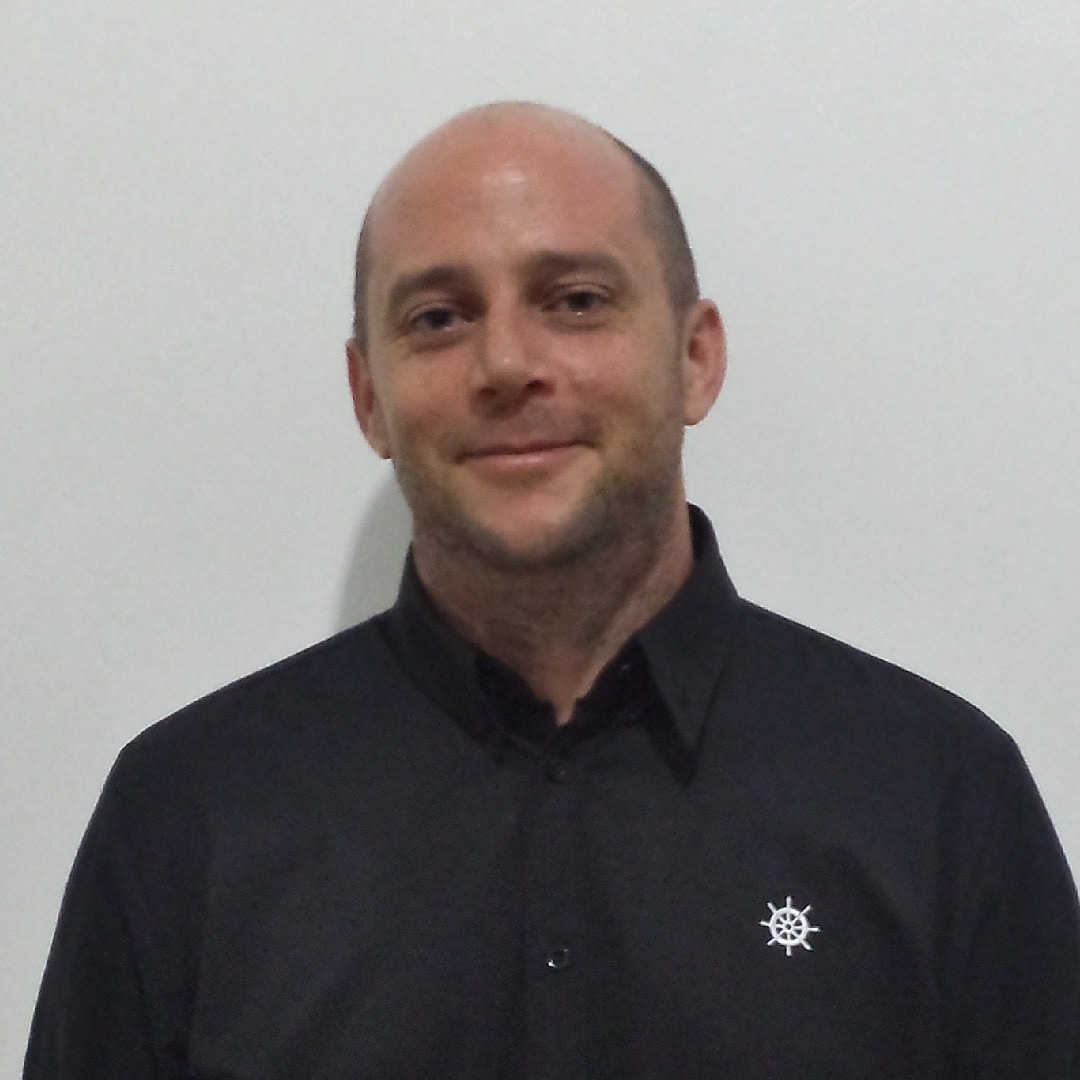Learning a Language is a lot Like Running a Marathon
We’re half way through February (already!) and all of those New Year’s resolutions you set yourself probably fell by the road side a long time ago. If you’re still following them, congratulations! Maybe this is the year that you actually follow through on a promise to yourself.
It wasn’t exactly a New Year’s Resolution for me, because I started in November last year, but I have become determined to get fit and lose some of the beer belly I have been building up for far too long. As a kid I used to do a bit of running, so I decided that this year I would run a half marathon in May and, if all goes well, maybe even a marathon in November.
I don’t listen to music when I run, so my mind is free to wander wherever it will, which is often to some very strange places indeed. On one run I had a Swiss Toni moment when I realised that running for a marathon is very similar to learning to speak a new language.
A series of goals
Running a marathon is a big deal, as is learning to speak a language fluently. If these are the goals we set ourselves then we are likely to fail because they are just too immense. While it is useful to know where you would like to get to eventually, we also need intermediate goals, to make the journey that bit more achievable.
Variety
I don’t want to do the same run around the same route 4 times a week for the next 12 months. That would drive me insane, probably lead to some sort of injury, very little in the way of improvement and very likely see me dropping out as soon as it gets a bit cold. I think the same is probably true for most language learners. They don’t want to go to class knowing exactly what is going to happen, using the same exercises from a book that has the same strucutre week after week after week.
Tech helps
I’ve bought myself a nice pair of trainers, a cool little GPS watch that tracks my route and times, and I’ve downloaded the Runkeeper app to keep track of all of the runs and provide me with a programme to follow. All of this is great and very different to when I was a kid when all we had to do was put on any old pair of trainers and run. This technology has helped me to stay motivated, but it doesn’t substitute for actually getting out there and pounding the streets. The same can obviously be said for the presence of technology in the clasroom; it’s great, but no substitute for good teaching and learning.
Perseverance
There are days when I just don’t want to go for a run. It’s too hot or too wet or there is something far more interesting on the TV. This is when the power of perserverance comes in. If we have our goals and we are motivated then we can overcome these off-days most of the time. And when it really is too much effort to get off the sofa, you just have to make sure you make up for it the following day.
Support
It is much easier to instill perserverance if you have a network of people helping and encouraging you. Personally, I don’t like the idea of running with a group of people, but I have been fortunate to find a small group of teachers on Facebook who are all trying to achieve their own running goals and this has become my ‘study group’.
It shouldn’t have been a surprise
Thinking about it, though, I probably shouldn’t have been surprised that learning a language is a lot like making love to a beautiful woman running. After all, the steps we take to master any skill are all similar in that we need achievable goals, support and perserverance no matter what we are trying to learn.
Images: Run by Raúl González – CC BY 2.0, Running Shoes by Timothy Takemato – CC BY 2.0 and Running by Kevin Dooley – CC BY 2.0





